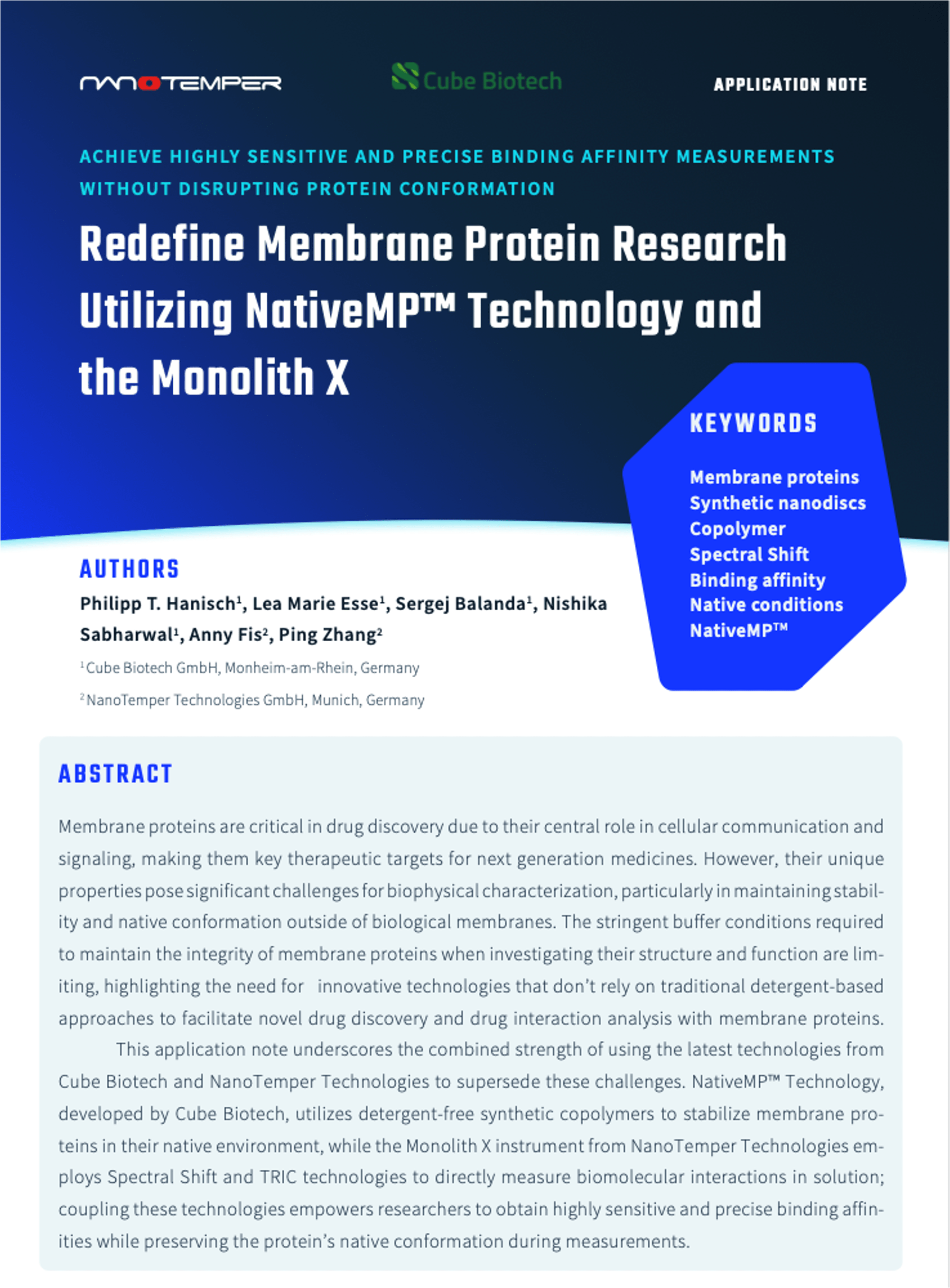Parker, J. & Newstead, S.
Nature 2014, vol: 507 doi: 10.1038/nature13116
Abstract
The NRT1/PTR family of proton-coupled transporters are responsible for nitrogen assimilation in eukaryotes and bacteria through the uptake of peptides. However, in most plant species members of this family have evolved to transport nitrate as well as additional secondary metabolites and hormones. In response to falling nitrate levels, NRT1.1 is phosphorylated on an intracellular threonine that switches the transporter from a low-affinity to high-affinity state. Here we present both the apo and nitrate-bound crystal structures of Arabidopsis thaliana NRT1.1, which together with in vitro binding and transport data identify a key role for His 356 in nitrate binding. Our data support a model whereby phosphorylation increases structural flexibility and in turn the rate of transport. Comparison with peptide transporters further reveals how the NRT1/PTR family has evolved to recognize diverse nitrogenous ligands, while maintaining elements of a conserved coupling mechanism within this superfamily of nutrient transporters.
Topics: Monolith, MST, Membrane Proteins, Publications










